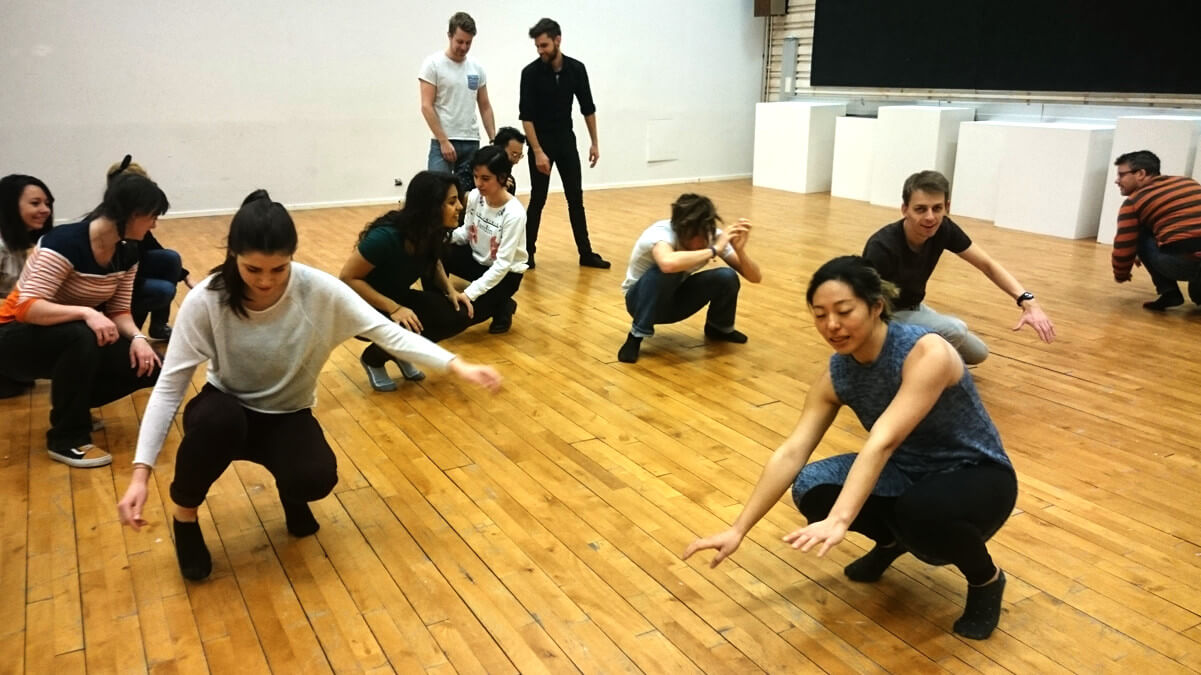How can we incorporate physical movement back into the office environment?
As desk-based work becomes increasingly common, the world is saturated with devices that remind people to get up and move. Yet, employees tend to prioritize work over physical movement. In this project, our goal was to make movement an inherent part of the work day. We aimed to create a system-wide solution instead of an individualized solution.
This project was completed in the spring of 2016 at the Umea Institute of Design with the Swedish Interactive Institute. I worked with Lukas Flynn, Nicole Waniowska, and Keyur Jain.
Proposed Design
Uko is an open office system that frees employees from their desks. Each employee can carry their digital work from one workspace to another using a circular tag. While each workspace in the office is optimized to meet different needs and functions. One space could be optimized for creative and collaborative work while another could be optimized for focused thinking.
A fluid physical work environment encourages a culture of movement. Employees can seek out spaces that fit their needs in the moment. By increasing movement, employees will have serendipitous face-to-face interactions.
"We found that people reported they were more satisfied with their work environment... we found that ‘choice’ was the key differentiator."
- Sonya Dufner, Director of workplace strategy at Gensler
CHECKING IN
Employees sign in and pick up a circular tag to use for the day via fingerprint. Employees can carry their tag whichever way is most convenient using a magnetic clip. The tag is the physical key for employees to access their workspaces.
LOCATION INDEPENDENT
Throughout the workday, employees are free to move to workstations that best fit their needs: whether they need a quiet space, a larger screen, or a space for group work. The tag will access the files in cloud storage and load it up on your chosen workspace.

DEVICE INDEPENDENT
The Uko environment that is device independent. Employees are free to choose which device to use for the moment. For example, you can start rendering a video on one computer, let it run in the background, then check the final result on another.

Design Process
The nature of office work is constantly changing. We conducted desktop research and talked to office workers about their experience. While office work will continue to be sedentary, work patterns and expectations are shifting as Millennials enter the workforce. We also believe that future office work will demand more creativity and collaboration.
"In response to... demand for rapid innovation, work has become more flexible, distributed and collaborative."
- Audrey Ellison Schriefer, Journal of Corporate Real Estate
MOVEMENT DIARY & BODY-STORMING
My team and I kept movement diaries to pin down how much we sit during the work day. We sat for over 12 hours a day and collectively active for 1% of our day. Our moment diaries matched current studies, which indicate that an average adult spent 1-5% of their waking hours in moderate physical activity.
We used a bodystorming exercise to become more aware of how our bodies move. We wanted to know how do movements, large and small, impact the space that we are in? What movements are helpful for people who sit for most of the day?
ETHNOGRAPHIC RESEARCH
My team and I visited four offices around Umeå to observe office workers in their work environments. We sketched out their office plans and had each interviewee fill out a movement map for a typical day. We found that office workers are aware that sitting all day is bad for their health; however, they felt too busy to monitor and increase their movements. Instead, workers would compensate for the lack of movement by fidgeting or even putting one leg up on a chair to get comfortable.
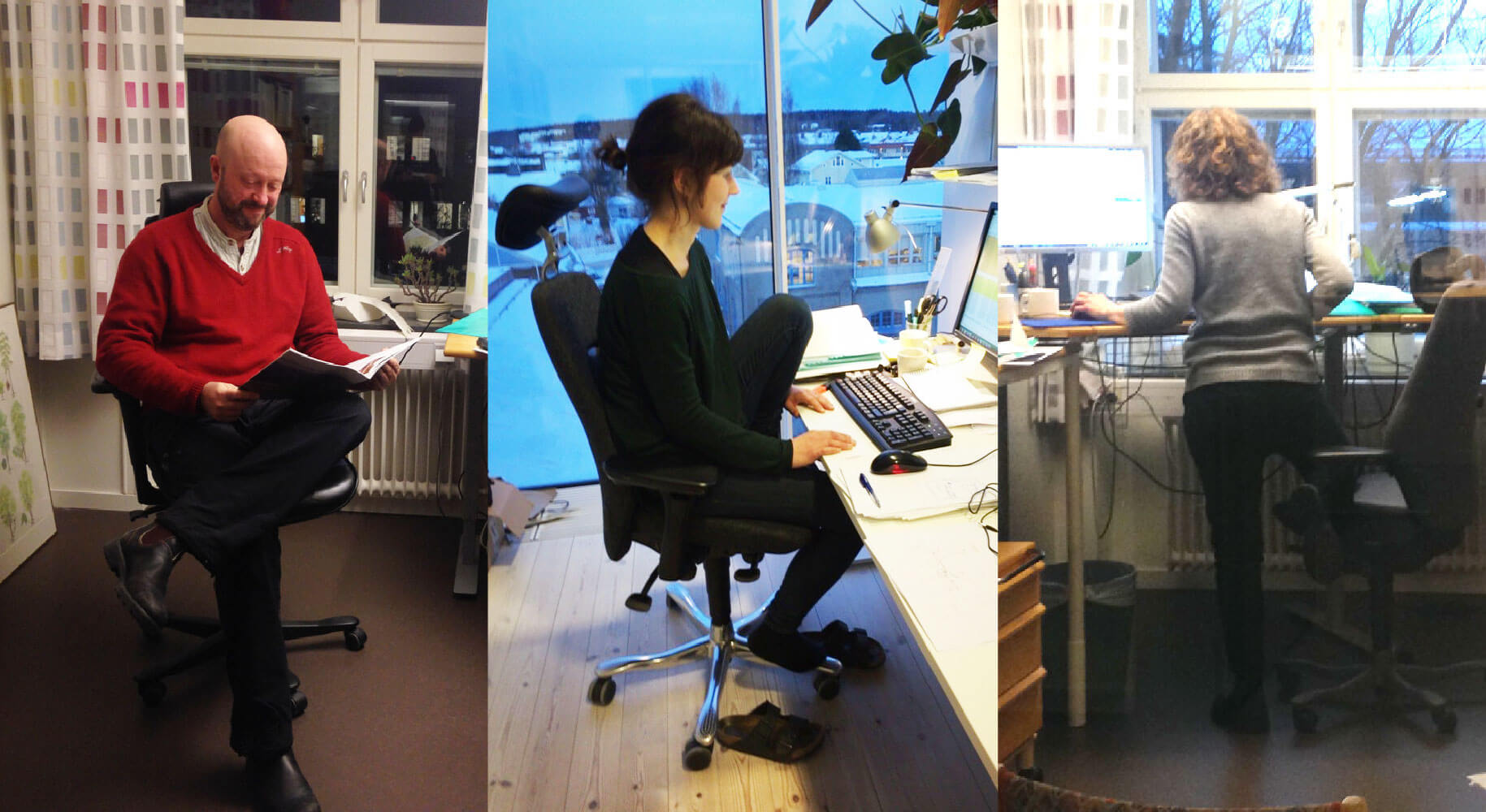
Employees trying to get comfortable at work
BRAINSTORMING WORKSHOPS
We spoke to 22 participants who are community members, office workers, and architecture students. We took the opportunity to test aspects of our concepts in group feedback sessions. We found that people were comfortable with wearables and the idea of walking meetings. While they liked the ideas of open offices, they also wanted to move around to different workspaces with their personal belongings and work.
We chose to develop the flexible workspace concept because it was a habit-forming idea that would create change on a systemic level. This concept would make “keeping active” a passive thought in the day-to-day, but still encourage employees to move more.

Testing our concepts with people at the Buildmuseet
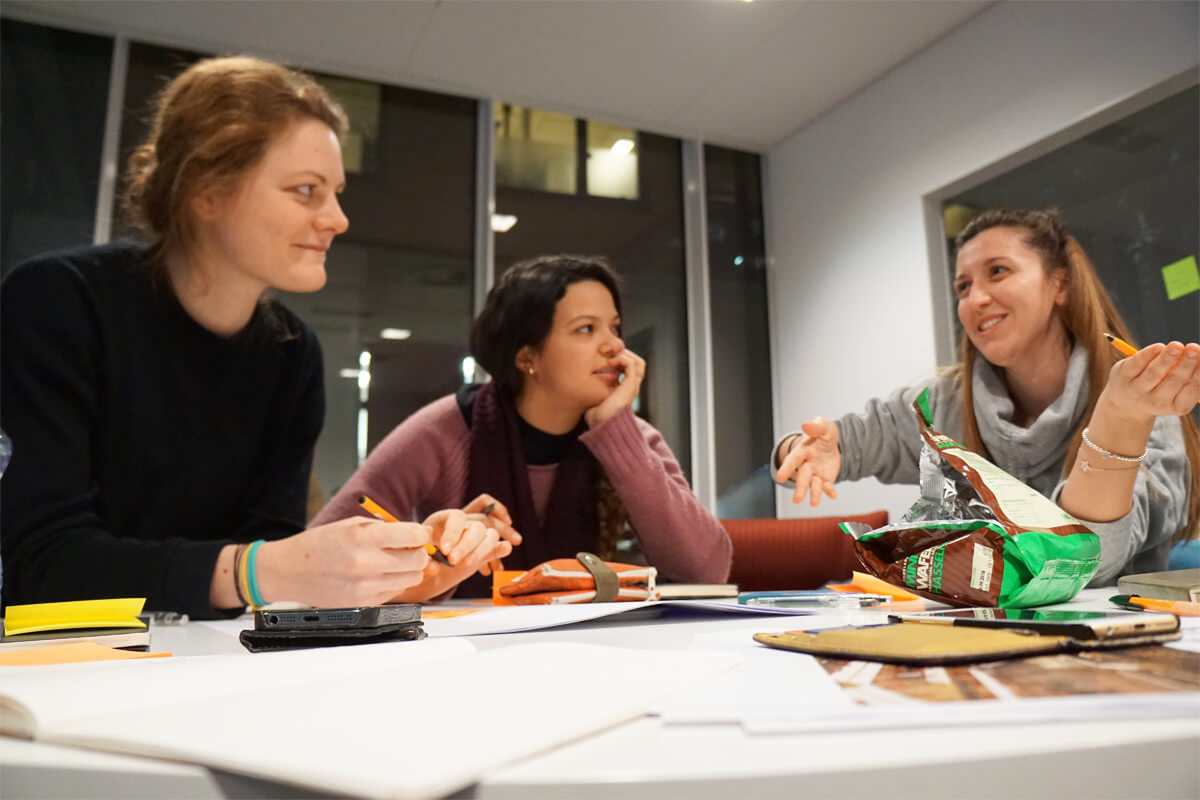
Workshop participants giving us their ideas and thoughts on open office spaces
PROP MAKING & FILMING
Uko’s main interface was made in foam. An iPad acted as the digital interface. The screen interactions were prototyped with Keynote. The tag was made with a Gemma microcontroller and a NeoPixel ring.
We created a story to demonstrate how our character, Lukas, moves around at work. I edited both the product and process films using Premiere Pro and After Effects. I learned a lot about what it takes to develop a consistent and cohesive story.

Neopixel ring and battery pack used for tag prop
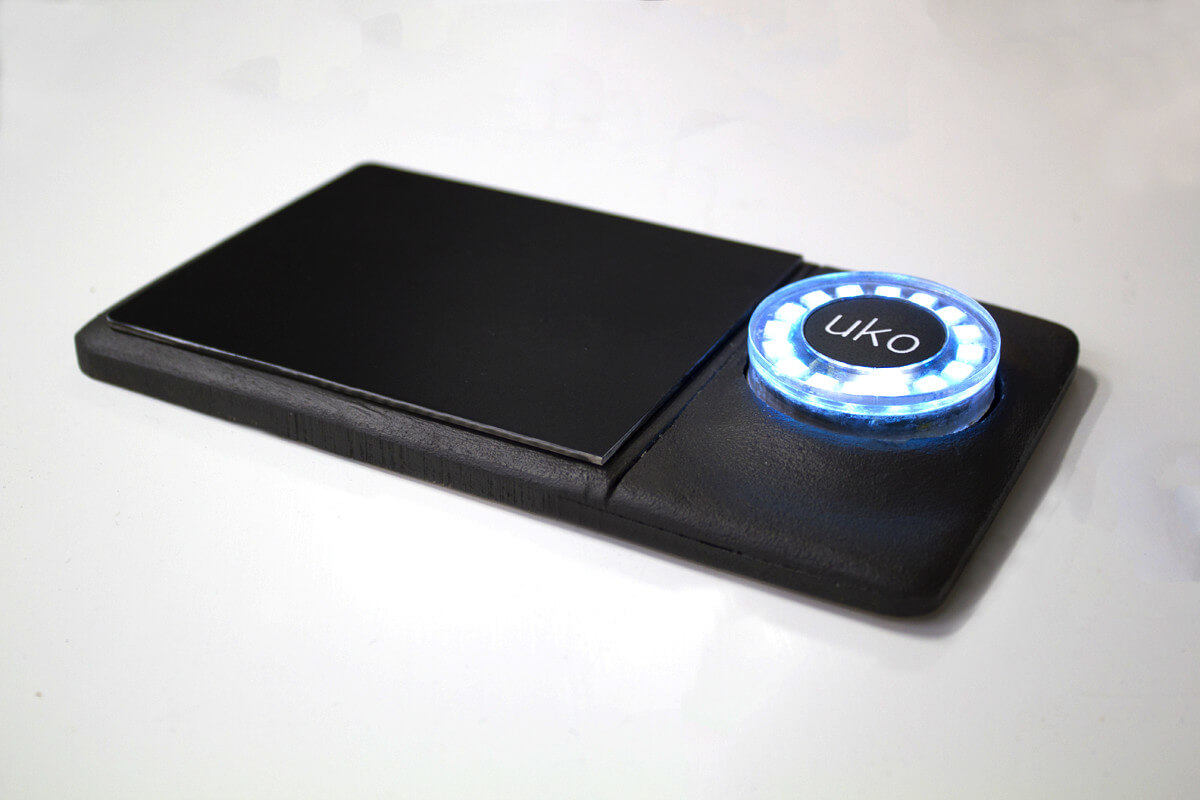
Dock for tag placement prop
MY ROLE
I worked with three of my classmates, all of whom come from different backgrounds - anthropology, jewelry design, and engineering. During ideation, I pushed my group to think on a system level rather than the individual level. This thinking gave us a concrete goal and allowed us to do more in less time.
During the implementation of the project, I took turns with team mates to serve as the project facilitator. I was in charge of creating and coding the Uko tag. I explored different light patterns for each of the tag's modes. I created the digital interface prototypes using Keynote.

